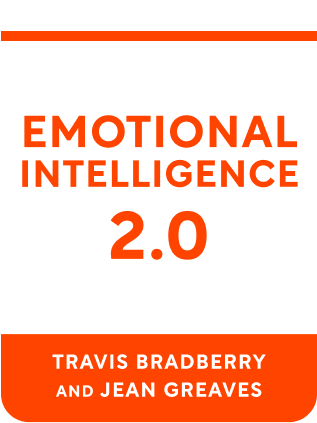

This article is an excerpt from the Shortform book guide to "Emotional Intelligence 2.0" by Travis Bradberry and Jean Greaves. Shortform has the world's best summaries and analyses of books you should be reading.
Like this article? Sign up for a free trial here .
Do you want to learn how to emotionally connect with anyone, regardless of their age, role, sex, or background? How do you break that initial barrier and connect on a deeper, more meaningful level?
Emotional connection is the foundation of any solid relationship. If you want to know how to emotionally connect with people and go beyond surface-level interaction, you need to be present, attentive, and intentional about it.
Keep reading to find out how to emotionally connect with anyone and take your interactions to a deeper, more meaningful level.
How to Emotionally Connect With Anyone
Emotional connection is not as mysterious and hard-to-come-by as some people make it out to be. You can emotionally connect with anyone if you are present, attentive, and intentional about it. Here are some tips that will help you break through the initial barrier and forge a deeper emotional connection with everyone you meet.
Step #1: Listen Attentively
Listening isn’t just about hearing words. Tone, volume, and pacing signal subtext and emotion (for instance, if a person speaks quickly and quietly, they may be intimidated).
Stay completely focused on the conversation at hand. Half-focused listening prevents you from picking up important information and makes the other person feel disrespected. Use conversation as an opportunity to learn and grow, not to show off with your intellect. To more effectively listen:
- Put everything else on hold for a moment.
- Stop yourself from preparing responses in your head.
- Don’t let your mind drift onto other topics.
- Avoid interrupting the person you’re talking to.
Step #2: Learn and Use People’s Names
People feel wanted and cared for when you use their name instead of a generic title (such as “buddy,” “you,” or “sir”). Though it may seem like a minor gesture, using a person’s name shows respect and appreciation. This creates a deeper connection between you and the person you’re speaking with.
Step #3: Observe Body Language
Body language provides subtextual information that can reveal a person’s emotional state (for example, if someone can’t keep eye contact with you, they may be uncomfortable or lying). This allows you to make more informed decisions when interacting with them. Key emotional indicators include the behavior of someone’s eyes, the authenticity of their smile, and the tension in their body
Step #4: Have a “Back-Pocket Question”
When a conversation doesn’t go as planned, it helps to have a question to reestablish connection with the person you’re speaking to. This question may have nothing to do with the topic at hand, but it puts energy back into a dying conversation as it diverts briefly from an uncomfortable topic to a relatable one.
For example, you need information from a coworker about his current project, but he’s only responding with one-word answers. You know he’s an avid sports fan, so you ask him what he thought about your local team’s performance in the game this past weekend. He immediately lights up and starts to share his opinion on the game.

———End of Preview———
Like what you just read? Read the rest of the world's best book summary and analysis of Travis Bradberry and Jean Greaves's "Emotional Intelligence 2.0" at Shortform .
Here's what you'll find in our full Emotional Intelligence 2.0 summary :
- What emotional intelligence is and why it's essential for your workplace success
- The 4 reasons you need to work on your EQ
- How you can use EQ to better manage relationships







I have a very hard time opening up to anyone
Those are all great points. I actually have issues with listening at times. I am distracted so easily.. I need to work on this.